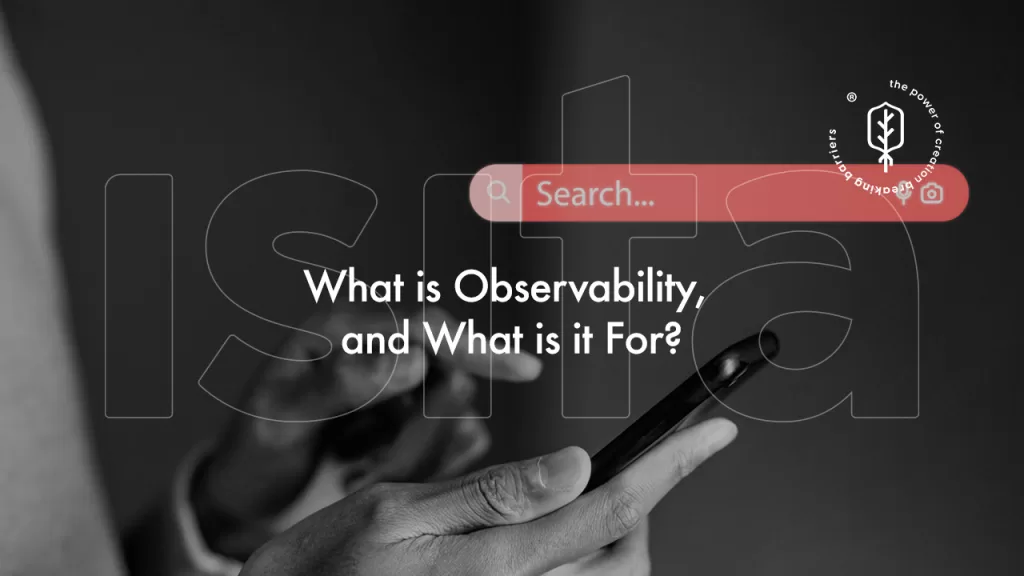In the dynamic landscape of IT, the successful delivery of projects hinges on proficient project management. It’s the art and science of orchestrating resources, timelines, and teams to achieve project objectives.
This article delves into the core principles, best practices, and tools that empower IT professionals to master project management and deliver exceptional results.
Introduction to Project Management in IT
IT project management is a specialized discipline that involves planning, organizing, and controlling IT-related initiatives. It encompasses various project types, from software development and infrastructure upgrades to cybersecurity implementations and digital transformations.
Effective project management ensures that IT projects align with organizational goals, deliver tangible business value, and are executed efficiently.
Key Principles and Methodologies
Successful IT project management relies on a solid foundation of principles and methodologies. These frameworks provide structure, guidance, and a common language for project teams. Let’s explore some of the most prominent approaches:
Agile Methodologies
Agile is an iterative and incremental approach that emphasizes flexibility, collaboration, and rapid delivery. It’s particularly well-suited for projects with evolving requirements or uncertain outcomes. Key characteristics of Agile include:
- Iterative Development: Projects are broken down into smaller, manageable cycles (sprints) to deliver working software frequently.
- Customer Collaboration: Continuous engagement with stakeholders ensures that the product aligns with their needs.
- Embracing Change: Agile teams are adaptable and can respond to changes in requirements or market conditions.
- Focus on People and Interactions: Effective communication and teamwork are prioritized.
Popular Agile frameworks include:
- Scrum: Emphasizes self-organizing teams, sprints, and daily stand-up meetings.
- Kanban: Visualizes workflow and focuses on continuous improvement.
- Extreme Programming (XP): Prioritizes coding standards, testing, and customer involvement.
Waterfall Methodology
Waterfall is a linear and sequential approach that follows a rigid phase-based structure. It’s suitable for projects with well-defined requirements and minimal uncertainties. Key stages of Waterfall include:
- Requirements Gathering: Clearly defined project scope and objectives.
- Design: Creating detailed specifications for the product or system.
- Development: Building the product or system based on the design.
- Testing: Verifying that the product meets requirements.
- Deployment: Delivering the product to end-users.
While Waterfall offers a structured framework, it can be less flexible to changes and may not be ideal for complex or innovative projects.
Hybrid Methodologies
In many cases, a hybrid approach combining elements of Agile and Waterfall can be effective. This allows teams to benefit from the structure of Waterfall for certain phases while leveraging the flexibility of Agile for others.
Other Notable Methodologies
Beyond Agile and Waterfall, several other methodologies contribute to project success:
- PRINCE2 (Projects IN Controlled Environments): A structured approach focusing on clear roles and responsibilities, and iterative planning.
- Lean: Emphasizes eliminating waste and maximizing value for the customer.
- Six Sigma: A data-driven approach focused on process improvement and defect reduction.
The choice of methodology depends on various factors, including project complexity, organizational culture, team expertise, and stakeholder preferences. It’s essential to select a methodology that aligns with the project’s specific needs and enables the team to deliver value efficiently.
Best Practices for Planning, Executing, and Monitoring IT Projects
Effective project management involves a structured approach to planning, execution, and monitoring:
- Initiation: Clearly define project scope, objectives, and deliverables. Conduct feasibility studies and secure necessary approvals.
- Planning: Develop a comprehensive project plan, including work breakdown structure (WBS), Gantt charts, and resource allocation. Identify dependencies, risks, and mitigation strategies.
- Execution: Assemble and lead the project team. Monitor project progress, manage scope, and address issues proactively.
- Monitoring and Control: Track project performance against the plan. Identify deviations, implement corrective actions, and manage changes effectively.
- Closing: Formalize project closure, conduct lessons learned, and evaluate project success.
Additional best practices include:
- Stakeholder Management: Build strong relationships with stakeholders, manage expectations, and ensure their involvement throughout the project lifecycle.
- Risk Management: Identify, assess, and prioritize project risks. Develop contingency plans and monitor for emerging threats.
- Communication: Establish clear communication channels, provide regular updates, and foster collaboration among team members.
- Change Management: Plan for and manage changes effectively to minimize disruptions and maintain project momentum.
- Quality Assurance: Implement quality control measures to ensure project deliverables meet defined standards.
Tools and Technologies for Project Management
A variety of tools and technologies support efficient project management:
- Project Management Software: Tools like Microsoft Project, Jira, Asana, and Trello offer features for planning, scheduling, tracking, and collaboration.
- Collaboration Tools: Platforms such as Slack, Microsoft Teams, and Zoom facilitate communication, file sharing, and virtual meetings.
- Document Management Systems: Tools like SharePoint and Google Drive help organize and share project documentation.
- Reporting and Analytics Tools: Software for generating project reports, dashboards, and key performance indicators (KPIs) provides valuable insights.
The choice of tools depends on project size, team preferences, and organizational infrastructure.
Conclusion: Strategies for Mastering Project Management in IT Environments
Mastering project management in IT requires a combination of knowledge, skills, and experience. Here are key strategies for success:
- Continuous Learning: Stay updated on project management trends, methodologies, and tools.
- Building Strong Teams: Foster collaboration, trust, and open communication within the project team.
- Adaptability: Embrace change and be prepared to adjust project plans as needed.
- Focus on Value Delivery: Align projects with organizational goals and deliver tangible business benefits.
- Data-Driven Decision Making: Utilize project data to make informed decisions and optimize performance.
By implementing these principles, best practices, and tools, IT professionals can enhance their project management capabilities and drive successful project outcomes. Remember, project management is an ongoing journey of learning and improvement.



